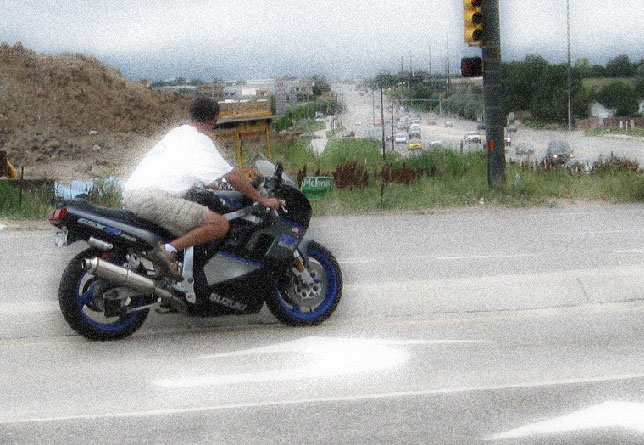
I read other motorcycle magazines somewhat regularly. I’m more interested in their letters-to-the-editor than I am in their latest shoot-out between six identical motorcycles.
I don’t care about elite journalists’ opinions on motorcycles I’ll never own, but the letters give me some insight into what other motorcyclists are thinking about.
A while back, Cycle World published a rant from a reader knocking the magazine for depicting riders in high-risk activities wearing street clothes. Editor Mark Hoyer followed that with an editorial, “Risk Management.” The reader’s perspective was that Cycle World was promoting the hooligan attributes of motorcycling. Hoyer’s that people should be free to choose
their poison.
I thought about those two viewpoints as I enjoyed a group of friends at a backyard party on a quiet Saturday night in July. Mostly, I was busy cooking and distributing beer that evening. When I was free of those duties, I engaged in conversations about everything from music to politics to the wonderful pictures my grandson had taken on our summer’s motorcycle trip to the Rockies. I’d compiled those pictures into a movie that I was projecting on the garage wall near the barbeque grill. Only a couple of our guests were motorcyclists, but they all know about my motorcycle jones and put up with it generously.
What brought up the thoughts of the Cycle World issue was the occasional exhaust blast from the freeway across our mini-lake. With the sound system going, most of the usual freeway noise was obscured. But nothing short of an atomic weapon can eclipse the obnoxiousness of a straight-piped twin, or the screech of an unmannered squid showing off his newly-installed cheap tin noisemaker and ability to go really fast at least two gears too low on a perfectly straight section of 4-lane. Automatically, whenever one of these spoiled children announced his presence, the eyes of my guests turned toward me. The unspoken question was, “You’re one of them, aren’t you?”
The fact is, “No, I’m not one of them.” I probably have been in an earlier incarnation, but sometime in my early twenties I abandoned that sort of behavior and started treating my motorcycles as primary transportation and sport vehicles. I get more attention than I need from my ordinary life. I have no reason to call awareness to my advanced age, oversized middle section, lack of hip-ness, or diminishing bank account. The folks who do crave all that attention usually misinterpret the reaction they get. As South Park’s Eric Cartman so aptly put it, the loud pipes boys fall into the class of people “who are so needy for attention they need to dress up and be as loud as possible.” The category they have the most in common with are “16-year-old girls” and neither group is as well-regarded as they might hope.
In creating a public nuisance, this sort of behavior carries over to all of us. When one of the 180,000 licensed Minnesota motorcyclists behaves as if his parents died when he was born, leaving him to be raised by Hell’s Angels or Paris Hilton or rabid coyotes, it’s only natural for the other 5,000,000 Minnesotans to assume the obnoxious members of the group personify the paltry 3.5% of the population that all motorcyclists represent. Since we are a rare group as a whole, the most obvious (noisiest and most obnoxious) among us create the face or sound that symbolizes us all.
The same goes for our unreasonably high mortality rate. We are consistently more than 12% of the highway deaths, although we barely amount to 0.01% of the total traffic or miles driven. The image that creates is one of low utility, high risk, poor citizenship, and general irritation.
Medical workers are some of the most hostile opponents of motorcycles, labeling bikes “donor-cycles.” Even a fool could figure out why, especially based on the tiny percentage of helmet wearers in states like ours. When the majority of motorcyclists ride in their underwear with less protection than a conscientious bicyclist would adopt, the odds are that when a hospital receives a motorcyclist the results will be gory. Those folks transfer their disturbing hospital experiences to everyone who rides a motorcycle. Insurance companies have a vested interest in ridding themselves of the liabilities we present, too.
How do we fix this public image? Easy. We create a positive primary effect to offset our long-standing status. We ride, we behave, as though we expect folks will recognize us and remember us well, and we try to outnumber the motorcycle hooligans by such a large percentage that they cease to over-represent us.
A British bicycle safety study titled, “Promoting Safe Walking and Cycling to Improve Public Health: Lessons from the Netherlands and Germany” found that bicyclists were safer, a lot safer, if their numbers were larger. What that means is when the caging public is exposed to more bicyclists, they start to pay attention to them. Of course, it could be that drivers in the Netherlands and Germany are smarter than US drivers, but if that’s true it could also mean that US drivers could dramatically smarten up since they have more room for improvement.
So, we fix our image and improve our visibility at the same time by riding to work everyday, using our motorcycles as vehicles instead of overpriced toys, and if we do it long enough and regularly enough, the public will substitute the donorcycle/dirtbag motorcyclist image for something like Honda’s old “You meet the nicest people on a Honda” (or whatever bike you ride).
Thomas Day
www.mnmotorcycle.com
http://geezerwithagrudge.blogspot.co.uk
All Rights Reserved © 2010 Thomas W. Day

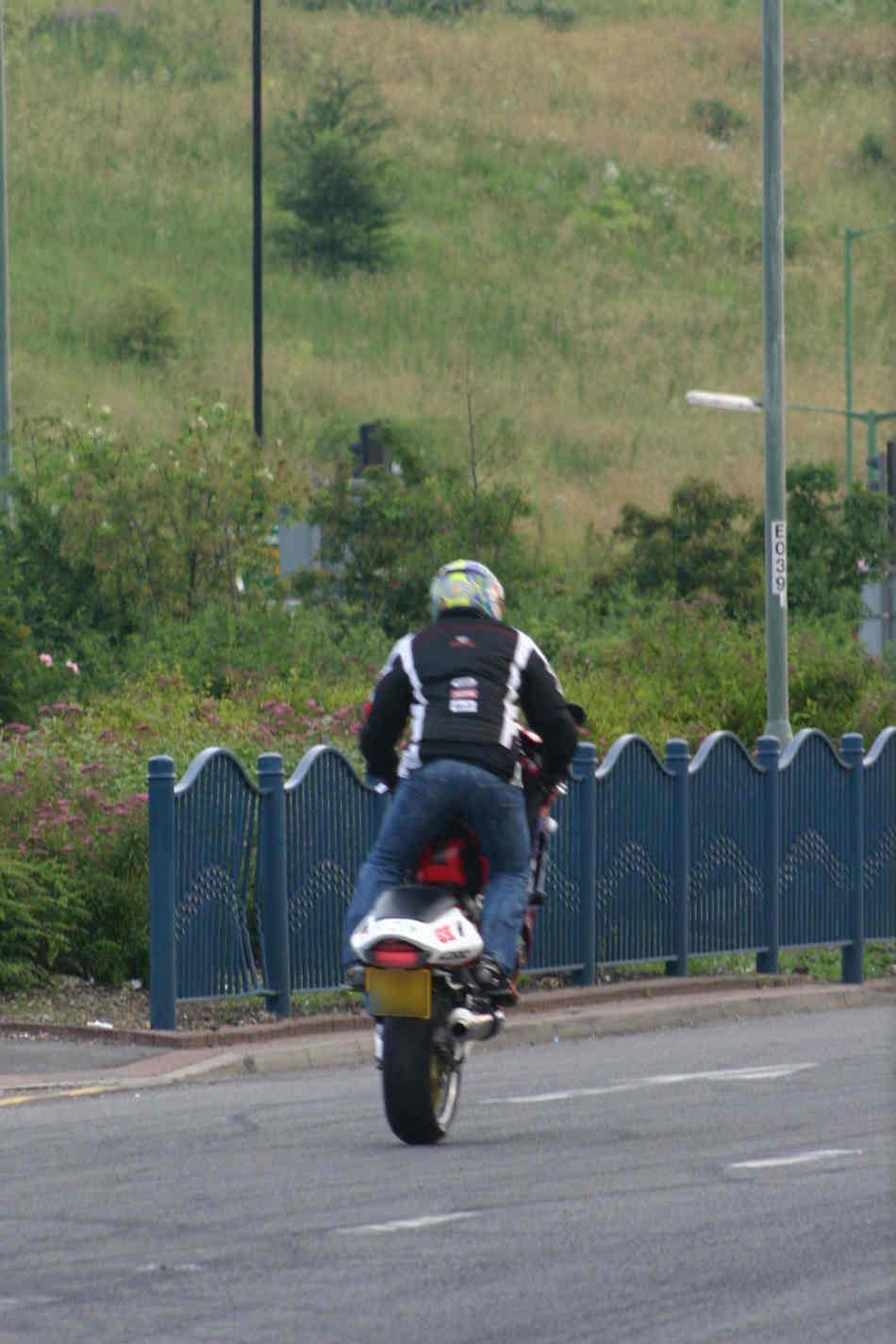
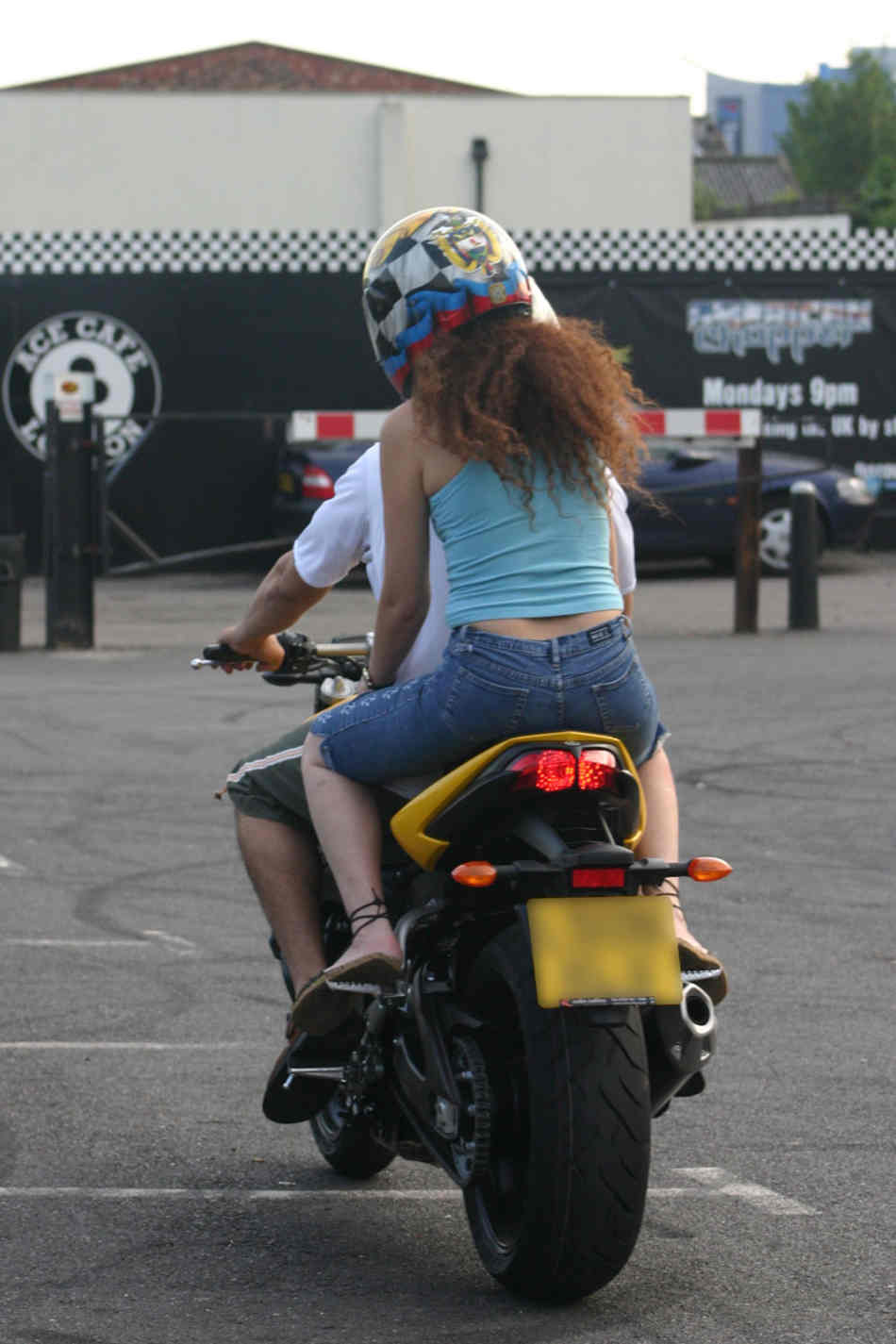
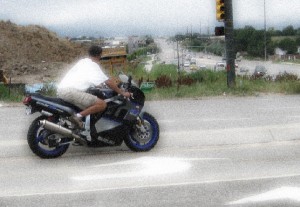
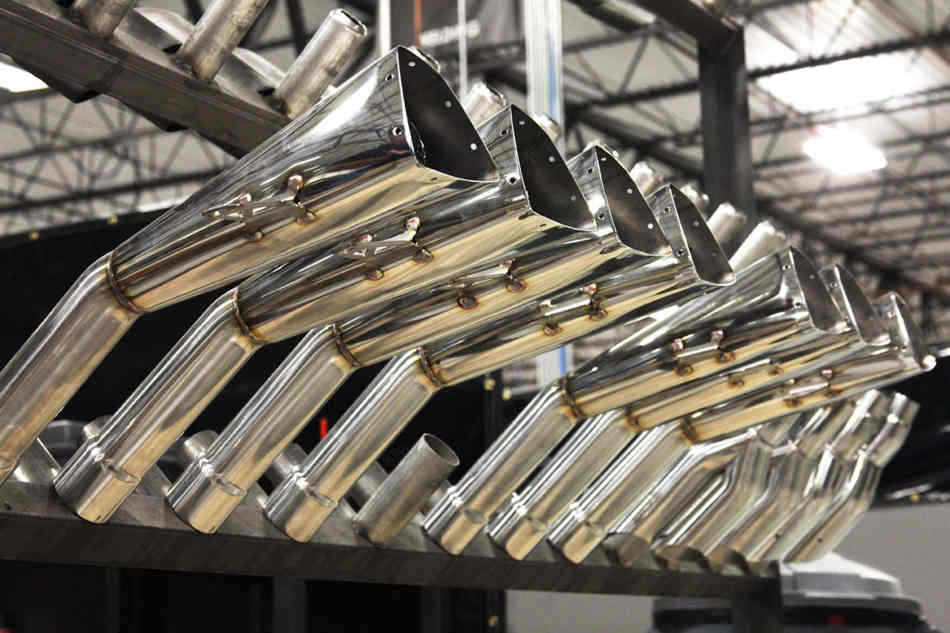
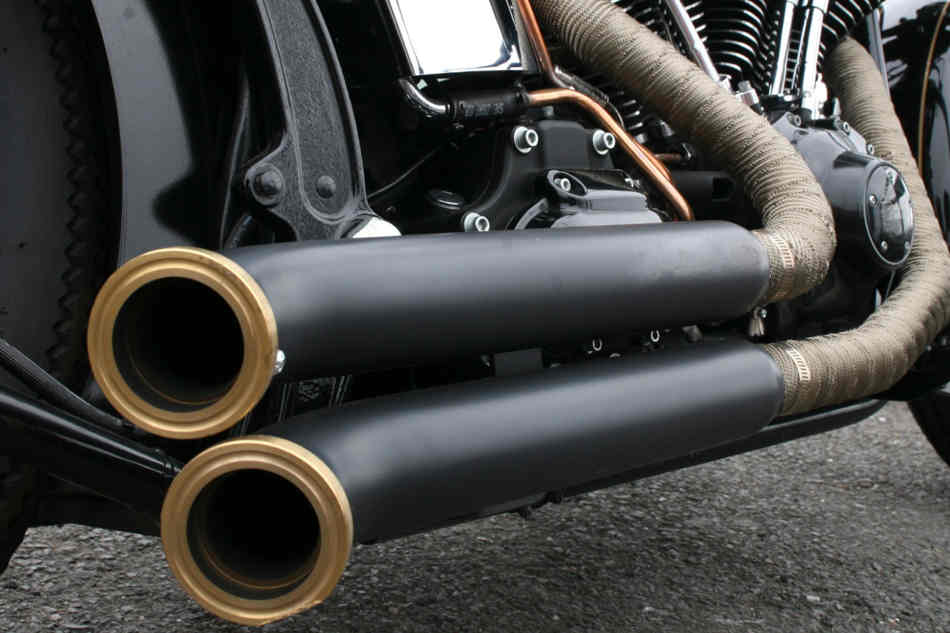
Thomas,
an interesting article that carries across the pond.
In the UK motorcyclists are 1% of the vehicles, but contribute 30% of the serious and fatal collisions, and we have helmet laws!
Its nice to see the opinion of the medical profession as we have unofficially called moped riders organ donors.
For antisocial riding we tackle this in a proactive way as is mentioned in ask a policeman/ meet and greet the the police, (the painless way), in this months issue.
Graham,
I think that 13% fatal/30% fatal-or-serious statistic holds true almost everywhere in the world. Japan has made a serious dent in motorcycle injuries by cranking up the licensing requirements in a 3-stage system. Otherwise, bikers are grossly overrepresented in crash and fatality stats all over the world. That’s not a good sign for future motorcycling/motorcyclists.
Licensing requirements, that’s a whole new ball game as ours in the UK are evolving, I can feel a column comming on soon as it can get a little confusing for some.